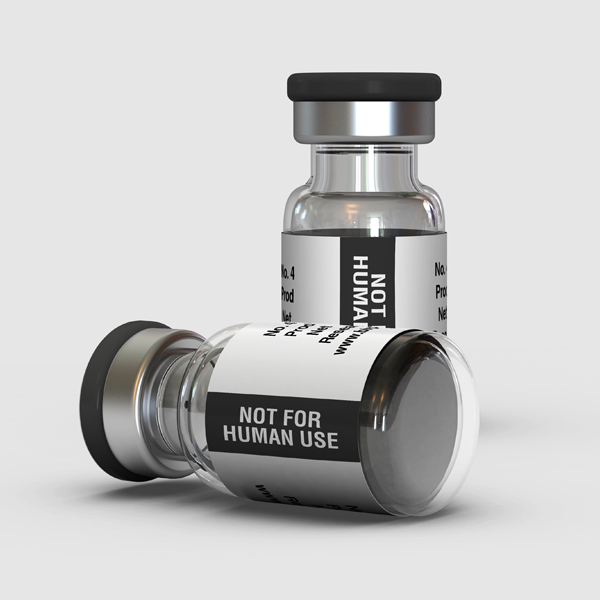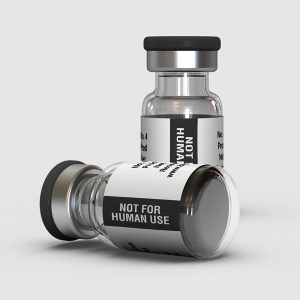Description
Ipamorelin peptides are the first selective growth hormone secretagogue for clinical use. Ipamorelin growth hormone is a pentapeptide whose selectivity for GH release is similar to GHRH. IPA is available for research use at Peptides Canada Direct.
The first selective growth hormone secretagogue
K Raun, BS Hansen, NL Johansen, H Thogersen, K Madsen, M Ankersen, and PH Andersen Department of GH Biology, Novo Nordisk A/S, Malov, Denmark.
The development and pharmacology of a new potent growth hormone (GH) secretagogue, ipamorelin, is described. Ipamorelin is a pentapeptide (Aib-His-D-2-Nal-D-Phe-Lys-NH2), which displays high GH releasing potency and efficacy in vitro and in vivo. As an outcome of a major chemistry programme, ipamorelin was identified within a series of compounds lacking the central dipeptide Ala-Trp of growth hormone-releasing peptide (GHRP)-1.
In vitro, ipamorelin released GH from primary rat pituitary cells with a potency and efficacy similar to GHRP-6 (ECs) = 1.3+/-0.4nmol/l and Emax = 85+/-5% vs 2.2+/-0.3nmol/l and 100%). A pharmacological profiling using GHRP and growth hormone-releasing hormone (GHRH) antagonists clearly demonstrated that ipamorelin, like GHRP-6, stimulates GH release via a GHRP-like receptor. In pentobarbital anaesthetised rats, ipamorelin released GH with a potency and efficacy comparable to GHRP-6 (ED50 = 80+/-42nmol/kg and Emax = 1545+/-250ng GH/ml vs 115+/-36nmol/kg and 1167+/-120ng GH/ml). In conscious swine, ipamorelin released GH with an ED50 = 2.3+/-0.03 nmol/kg and an Emax = 65+/-0.2 ng GH/ml plasma. Again, this was very similar to GHRP-6 (ED50 = 3.9+/-1.4 nmol/kg and Emax = 74+/-7ng GH/ml plasma).
GHRP-2 displayed higher potency but lower efficacy (ED50 = 0.6 nmol/kg and Emax = 56+/-6 ng GH/ml plasma). The specificity for GH release was studied in swine. None of the GH secretagogues tested affected FSH, LH, PRL or TSH plasma levels. Administration of both GHRP-6 and GHRP-2 resulted in increased plasma levels of ACTH and cortisol. Very surprisingly, ipamorelin did not release ACTH or cortisol in levels significantly different from those observed following GHRH stimulation. This lack of effect on ACTH and cortisol plasma levels was evident even at doses more than 200-fold higher than the ED50 for GH release.
In conclusion, ipamorelin is the first GHRP-receptor agonist with a selectivity for GH release similar to that displayed by GHRH. The specificity of ipamorelin makes this compound a very interesting candidate for future clinical development.

